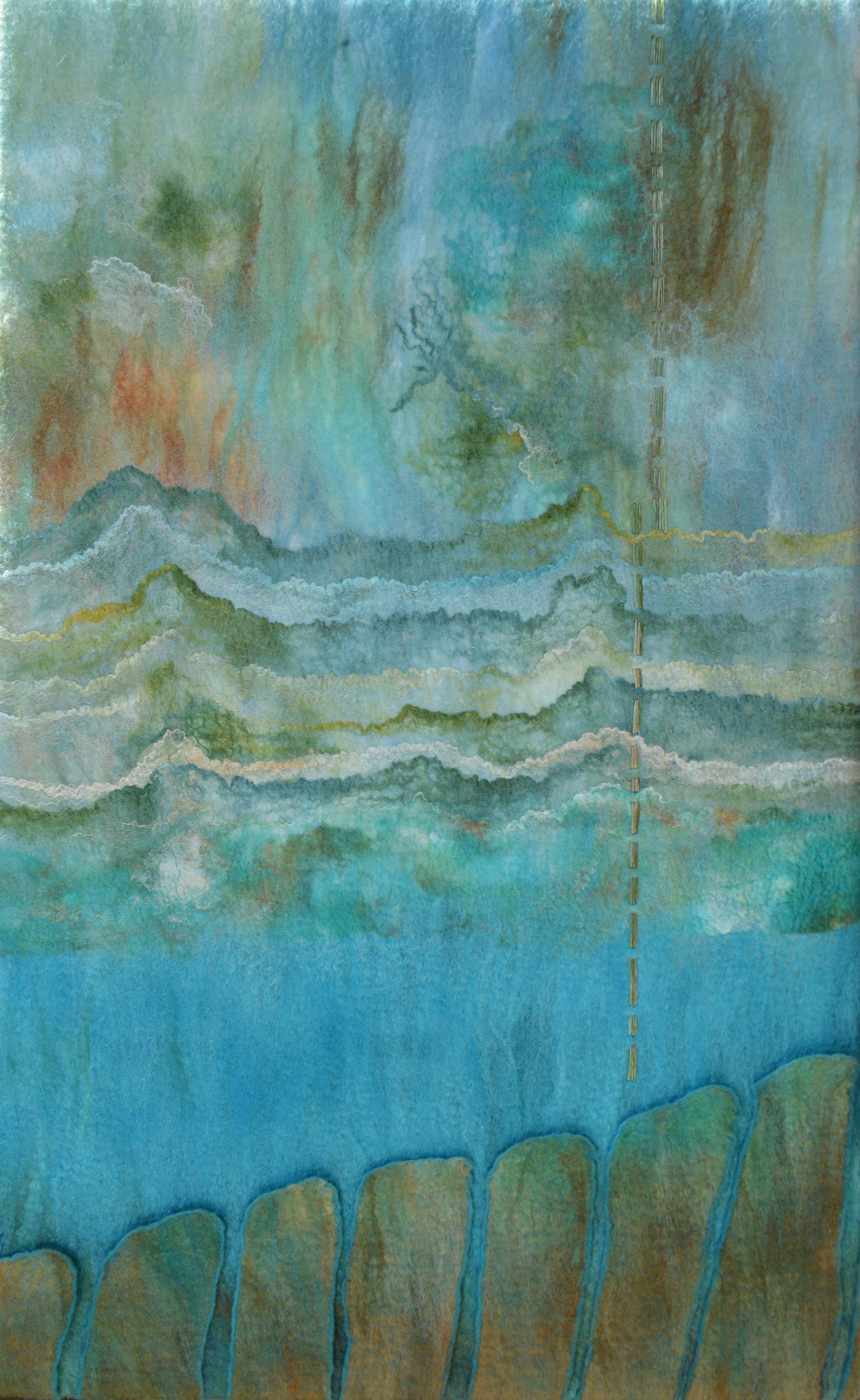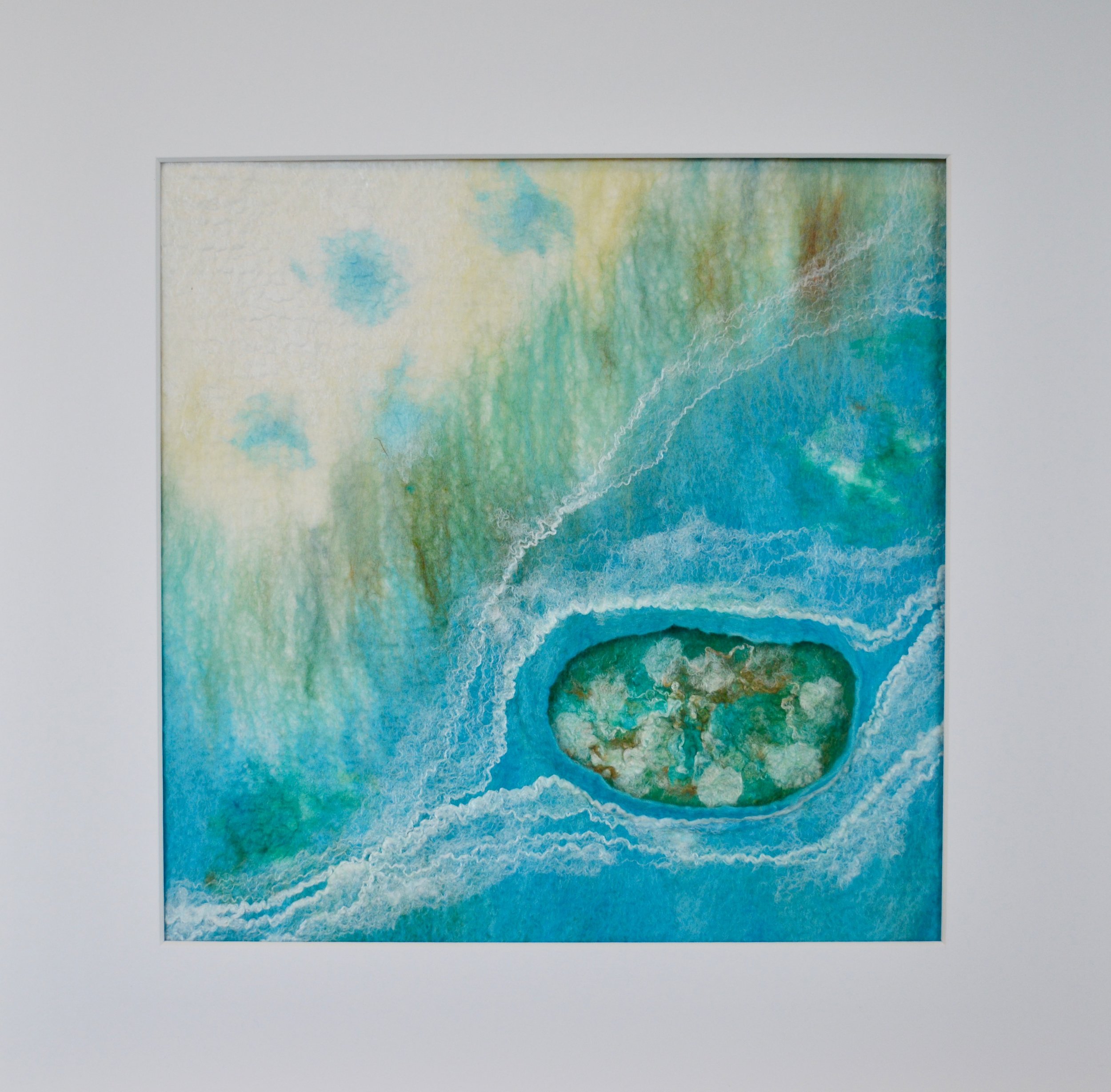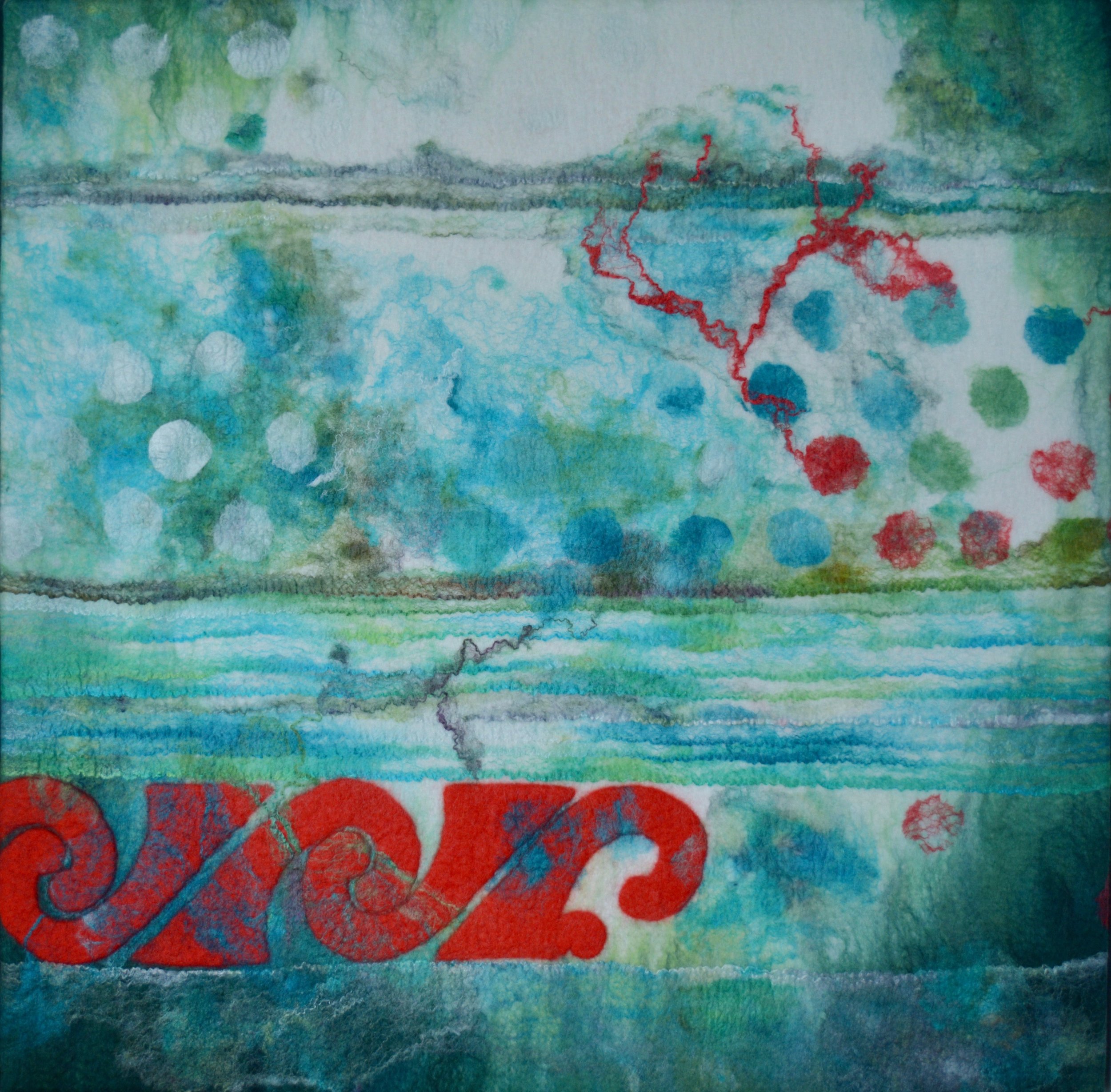In Caretakers Part 1, I talked about our attitudes to places that might be considered sacred. This post, I’m going to unpack the connection between our creativity and the way that we view the land and her treasures.
Resources - Yours? Mine? Ours
EVERYTHING that we make starts with raw materials. Our lives are full of things that have started off as an idea - a creative thought - which became a reality through the application of a series of processes and the use of resources (and a lot of trial and error, blood, sweat and tears!).
I love that we are so driven to create, that it’s in our DNA. I imagine the moment when a new resource is first discovered - the moment when the presence of a particular element in the ground first becomes apparent. Then the moment when someone discovers a use for that element. The progression of idea, trial and error, success, followed by the progression to the next idea so that the cycle begins again with the possibilities becoming exponentially greater.
We look to the heavens, we plumb the depths is a representation of the great search for resources. The landscape with its hidden strata is referenced by undulating contours. Vertical rows of stitching hint at mankind’s determination to search the unseen in our quest for progress.
Held in the dark recesses and Moment of discovery both reference mineral deposits - resources hidden beneath the ground awaiting their moment of discovery. If the creative act begins with a chance discovery, it is perpetuated, perhaps, with a treasure hunt. The thrill of searching and finding both the raw materials and the creative solutions that our inquisitive minds demand.
The technology that we have today blows my mind . I believe that the world is full of fantastic ideas - divinely inspired, if you will. BUT, I also wonder whether great ideas tend to get derailed by our natural inclination towards selfish desires. We all want more, don’t we? If I’m completely honest, I know that it is my natural inclination to want to be more comfortable, for things to be more easy. But what if our primary motivation for having more became being able to give more? What if I want more, not so that I can be more comfortable myself, but so that I am in a position to be more generous? What if we would all choose to live that way?
I know, I’m an idealist! But maybe it’s not such a stretch. One of the things that I love about social media is that every day I see new social enterprises springing up - like Thankyou, who commit 100% of their profits to helping to end extreme poverty. Little Yellow Bird, who sustainably and ethically produce uniforms and branded apparel. Profits are put back into community development projects in the areas where their raw materials are sourced. Eat My Lunch give a wholesome lunch to a kiwi school kid who would otherwise go without, for every lunch that is ordered from their online kitchen. There are so many more! Now I’m not saying that we are all called to start up social enterprises, but we can certainly all support the ones that are out there. Maybe their T-shirt is a little more expensive, but that’s because some of the money that you pay for it is funding a new school for the child of the woman who made it. We are all trying to stretch our hard-earned cash, but how much more value with those few dollars have for that woman and her child?
As the flip side to our creativity, consumption is an inescapable part of life. Therefore we have a responsibility to be considerate with every single act of consumption
Possessing the land
It is my belief that our innate creativity drives both our consumption of the resources that the land holds but also our desire to possess the land itself. As individuals, families, communities, we seek to establish a place for ourselves where we can plant, build, grow. It’s fair to say that this deep desire for resources and land on which to build has been the cause of the vast majority of global conflicts throughout the ages.
One such conflict is still struggling to find a resolution today, here in New Zealand. While preparing for this series, I decided to take an empirical approach to my research, asking a range of people some questions about their connections to the land and the responsibility they felt towards it. The responses of my beautiful friend, Hineata struck a chord with me. She has such passion for her people and the land. I wanted to honour her story with the artwork The other side of 1000 acres (Rawahi ki Manoeka)
In this piece, the land is represented as strata, depicted using horizontal bands. These strata are interspersed with bands of ordered dots, a motif that I have used in places through this series. Initially I thought that this motif was representative of the efforts of mankind to impose his order on the land. I have since come to understand that these dots represent the relationship between the physical (land) and the spiritual (God). The colour red is used to denote life-blood - both the almost arterial connection between the people and their place and, deep in the ground, a red wave motif is used to represent the blood that has been shed on and over the land.
Hineata explained to me that, following the confiscations of land by the Crown in 1865, her iwi was given 1000 acres to resettle. My family chose to leave the land that they came from to settle in New Zealand. It is hard for me to comprehend the pain and loss that is still felt by Hineata and her family, generations after their land was forcibly taken. I think that the reason that this still impacts on New Zealand today lies in the core values in Maori culture. Hineata told me “The care and responsibility of our particular place is crucial to the survival of our Maori. When we speak of our particular place it is more than what the physical eyes see. It is the people of the place, the language of the place, the Spiritual awakening of the place. Responsibility is in the heart of the people. For Maori it is me you us we”. As I understand this, deeply entrenched in Maori culture is a care for each other, which guides the way that the community and, by extension, the land are cared for.
A beautiful hope
Hineata put it this way; “If it is possible, as far as it depends on you, live at peace with everyone.” Romans 12 v 18
When you understand that to live at peace is more than just “live and let live” - it is to actively love those around you with your words and actions - you can see that Maori and social enterprises are onto something, aren’t they?



